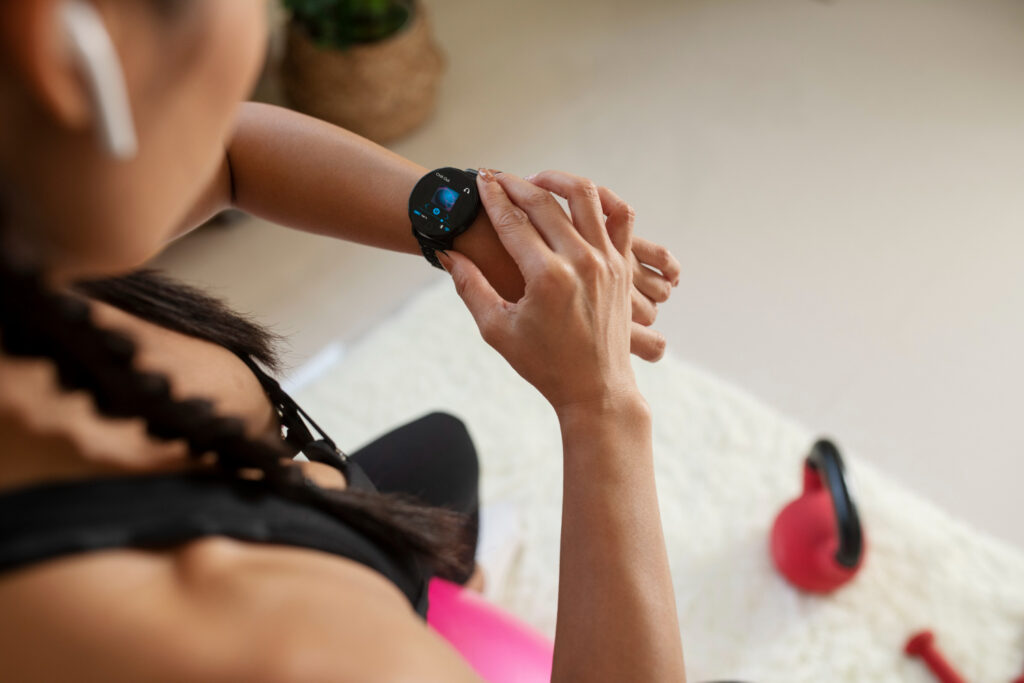Tapping through multiple menus on your fitness watch mid-workout can disrupt your flow and slow down your momentum. By customizing your watch face with dedicated gym shortcuts—gesture controls, quick-access buttons, and personalized complication layouts—you can launch exercises, adjust settings, and record laps without breaking a sweat. These lifehacks show you how to streamline common workout actions directly on your watch face, so you spend less time navigating and more time pushing your limits.
Design a Minimalist Shortcut Layout

Start by decluttering your watch face and reserving only the most-used functions for quick access. Choose a watch face that supports multiple complications or widgets, then assign each slot to a single gym action—such as “Start Run,” “Begin Strength Timer,” or “Log Lap.” Place gestures like double-tap or long press on corners that are easy to reach during movement. This focused layout ensures that your top two or three routines are one touch or flick away, eliminating the need to scroll through lists of activities. By reducing visual busywork, you’ll waste no time finding the right workout mode when you hit the gym floor.
Leverage Gesture Controls for Dynamic Workouts
Modern fitness watches often recognize simple gestures—wrist flicks, cover-to-mute, or shake-to-pause—that can trigger shortcuts without precise taps. Map a wrist flick to start interval timers, or configure a double tap on the screen to mark a set as complete. For example, during circuit training, a quick flick can advance your timer to the next station, while a shake-pause halts music playback when you need a quick water break. These gesture lifehacks let you keep your hands free and eyes forward, maintaining focus on your form and rhythm instead of button hunting.
Automate Pre-Set Intensity Profiles
Different workouts demand different metrics—heart-rate zones for runs, rep counts for lifting, or pace alerts for cycling. Create custom profiles on your watch for each workout type, choosing exactly which data fields appear when you launch the session. Then assign each profile to a watch-face shortcut: a firm press might open your “HIIT Profile” with interval timers and heart-rate alerts, while a palm-cover gesture switches to “Recovery Mode” showing only elapsed time and steps. By automating which screens and metrics you see, you’ll get the right feedback at a glance, without manually adjusting fields mid-session.
Integrate Music and Coaching Commands
Music and guided prompts can make or break your workout flow. Embed music-play and volume controls into your watch-face shortcuts, so you can swipe to the next song or mute audio without interrupting your rep count. Similarly, set up voice-coach commands—like “Motivation On” or “Pace Check”—that you activate with a tap to layer on encouragement or interval reminders. Some watches support quick voice phrases that launch pre-configured actions, eliminating taps altogether. These integration lifehacks fuse entertainment and coaching into your physical routine, helping you maintain energy and consistency through every set and sprint.
Refine Shortcuts Through Workout Analytics

The best shortcut layout evolves with your habits. After each session, review your workout logs to see which actions you accessed most often and which gestures misfired. If you notice you rarely use a particular complication, replace it with a more relevant shortcut—like hydration reminders or cooldown timers. Periodically test new gestures or tap zones to find what feels most natural as your routine changes. Use your watch’s heat-map analytics or touch-data exporter—if available—to pinpoint the spots you touch most during movement, then reposition your shortcuts there for faster, more reliable activation. These iterative lifehacks ensure your watch face remains optimized for the workouts you actually do, turning your wearable into a bespoke training partner.
Leave a Reply